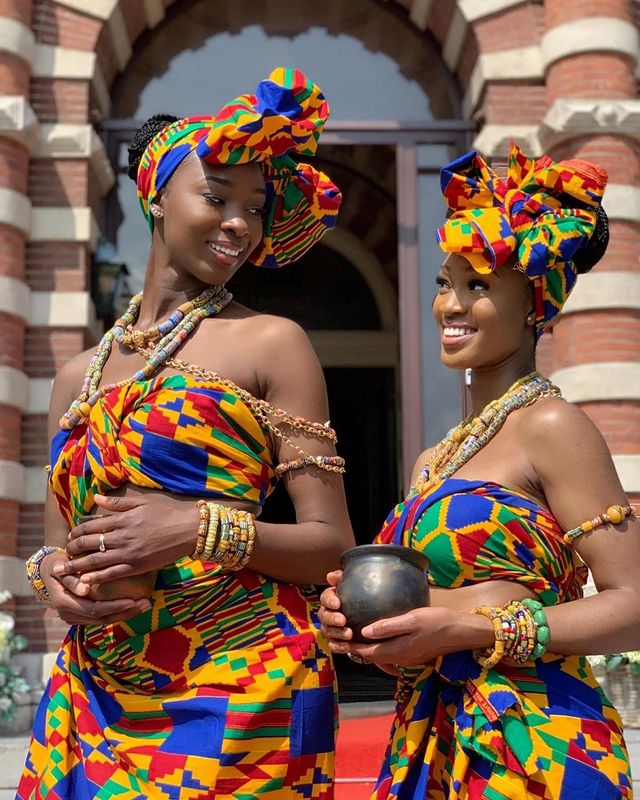Brandy is a distinguished distilled spirit that has delighted connoisseurs for centuries. Known for its rich aroma, smooth taste, and sophisticated appeal, brandy is typically made from fermented fruit juice, most commonly grapes. Understanding the brandy making process can deepen your appreciation for this fine spirit. In this article, we will explore the steps involved in crafting high-quality brandy.
1. Selecting the Right Fruits

The quality of brandy starts with the selection of fruits. While grapes are the most common choice, other fruits such as apples, pears, and cherries can also be used. The fruit must be ripe and fresh to ensure that the juice has enough natural sugars for fermentation. Some premium brandies use specific grape varieties known for their rich flavor profiles.
2. Fermentation
Once the fruits are selected, the next step is fermentation. The fruits are crushed to extract the juice, which is then placed in fermentation tanks. Yeast is added to the juice to convert the sugars into alcohol. This process typically takes a few days to a week, depending on the temperature and sugar content. The result is a fermented liquid known as a “wine” or “fruit mash,” which serves as the base for brandy distillation.
3. Distillation
Distillation is the heart of the brandy making process. It is the step where the alcohol is separated from water and other components to increase its concentration. Traditionally, brandy is distilled in copper pot stills, though modern producers may use column stills for efficiency. The liquid is heated slowly, and as it reaches the boiling point of alcohol, the vapor rises and condenses into a clear spirit. Distillers often perform multiple distillations to achieve the desired purity and flavor.
4. Aging in Oak Barrels
After distillation, brandy is aged in oak barrels to develop its characteristic flavor and aroma. The aging process allows the spirit to absorb compounds from the wood, adding complexity, sweetness, and a golden hue. Depending on the type of brandy, aging can last anywhere from one year to several decades. To guarantee that the finished product satisfies quality requirements, master blenders keep a close eye on the aging process.
5. Blending and Bottling
Once the aging process is complete, different batches of brandy may be blended to achieve a consistent taste. Master blenders consider the aroma, taste, and color of each batch before combining them. Some brandies are filtered to remove impurities, while others are left unfiltered to retain maximum flavor. Finally, the brandy is bottled and labeled, ready for sale and consumption.
6. Types of Brandy
Understanding the brandy making process also involves recognizing its different types. There is grape brandy, fruit brandy, and aged brandy, each with unique characteristics. Some well-known varieties include Cognac and Armagnac from France, both known for their strict production standards and superior quality.
The process of making brandy is a meticulous combination of art and science. From selecting the finest fruits to careful fermentation, precise distillation, aging in oak barrels, and final blending, each step contributes to the smoothness, aroma, and complexity that make brandy a luxurious spirit. Whether you enjoy it neat, on the rocks, or in cocktails, understanding the brandy making process enhances your appreciation for this timeless beverage.
What is Blended Whisky and Single Malt
Read Also: ecommerce natural body cure products
![]()





